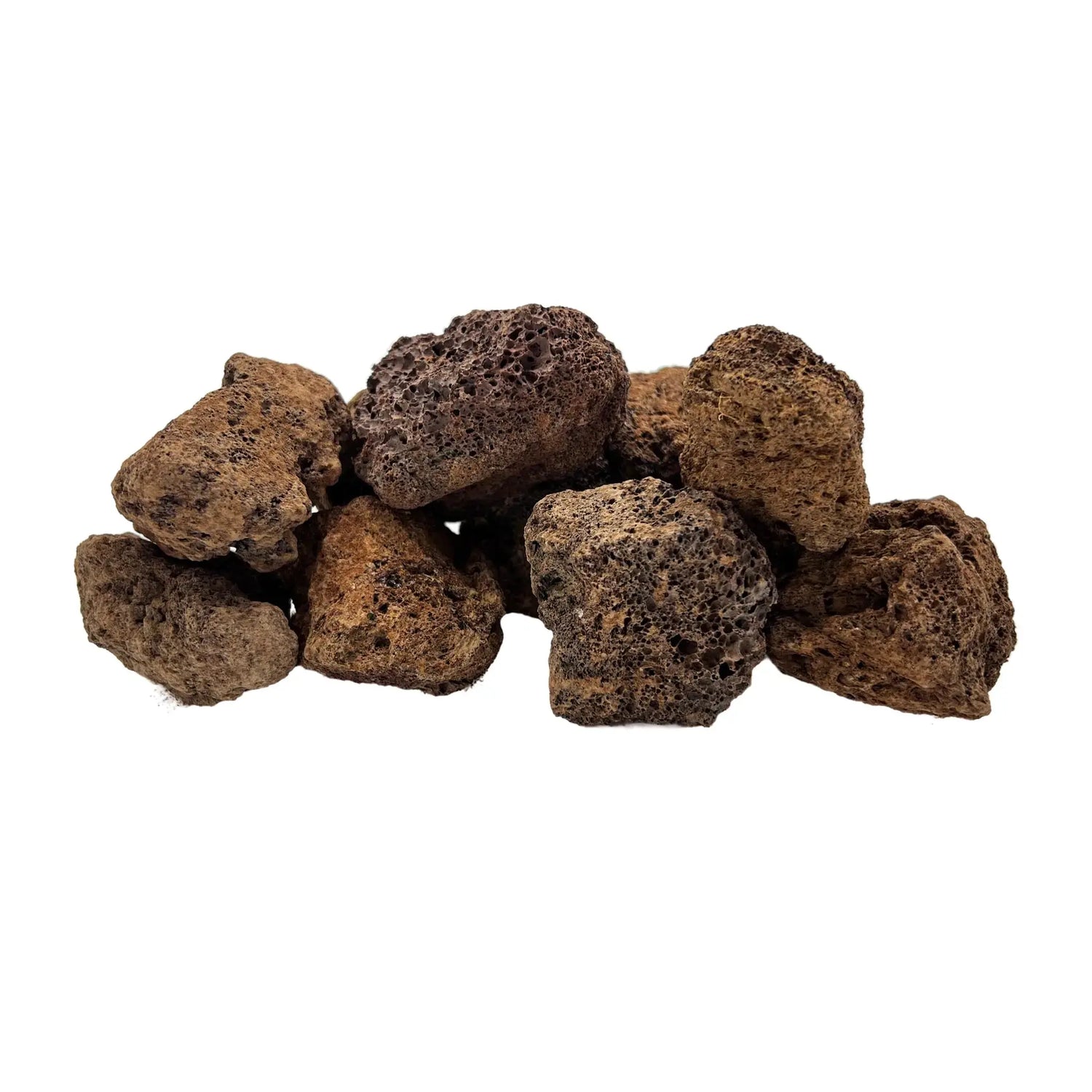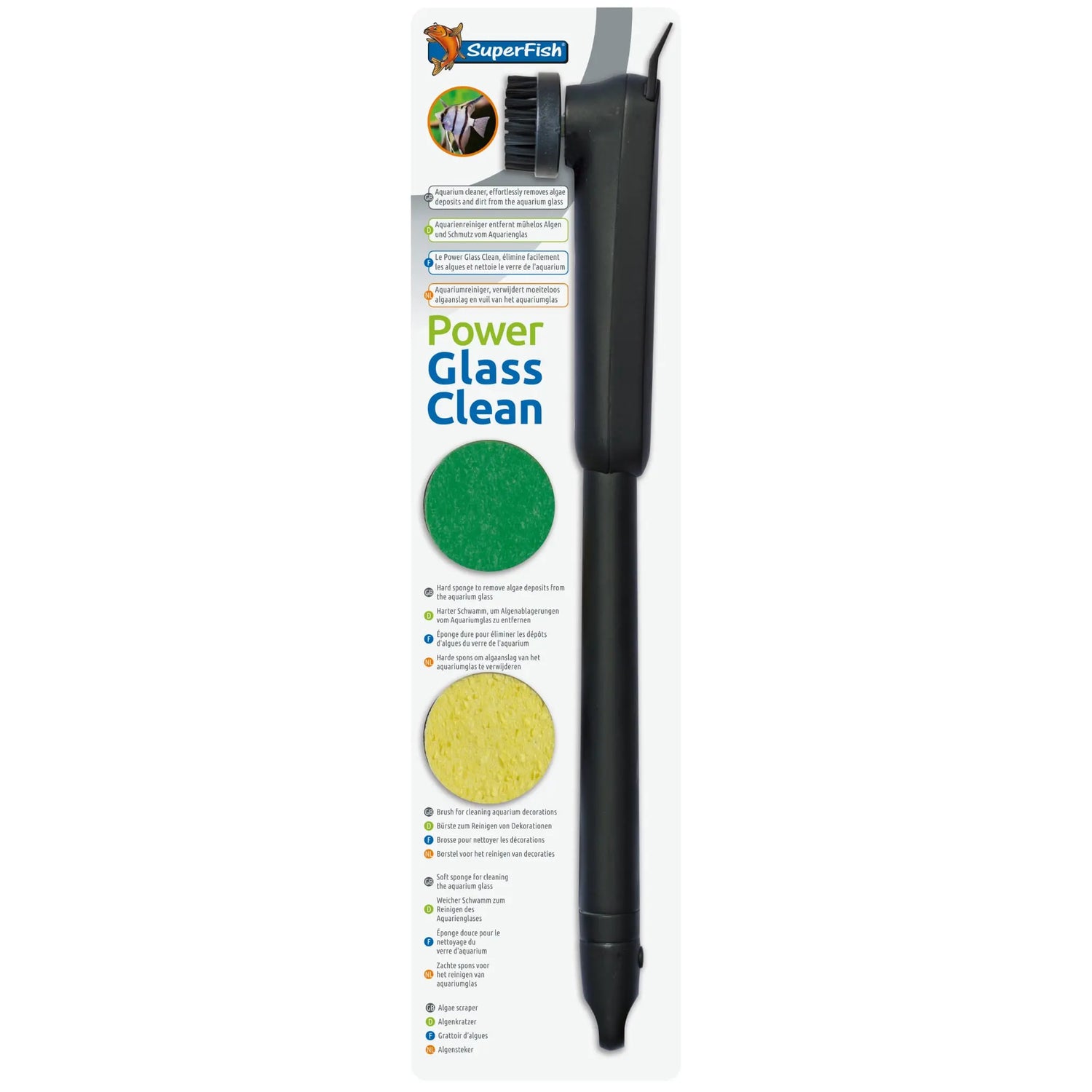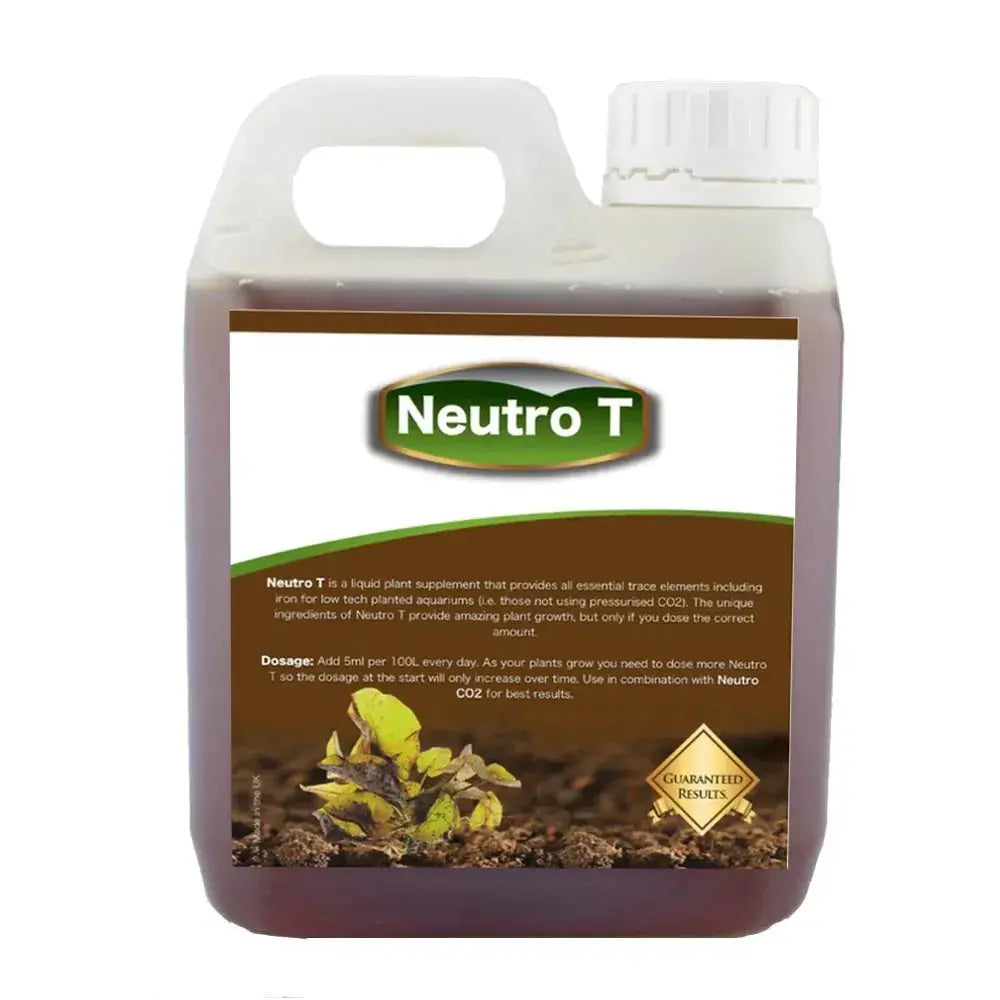- Reduce your lighting intensity. This will limit the environmental pressures on your plants and decrease the strain they are undergoing. If you can, raise your lighting (height wise) so rather than it being a few inches above the water, it could be 10-12” maybe. If this is not possible (i.e. you have a hood and can’t move the lighting) reduce the number of light tubes you are running and cut it down by half. If you were using 4 tubes, use 2. If you were using 2, use 1 etc. In addition to the above, reduce your lighting duration to 6 hours per day.
- Add liquid carbon, such as Neutro CO2 - if you’re already adding it, increase the dose. You can increase this to double without any issues unless you have plants like riccia or vallis which don’t appreciate it. Liquid carbon is hostile to CO2 related algae but not only that, it offers carbon to the plant itself which it desperately needs. Hair algae often changes to a reddish type of colour and then to grey when exposed to higher dosages of liquid carbon (very satisfying to see). Another idea is when performing your weekly water changes, find a small paint brush (which is new) and dip it into some liquid carbon. Then paint the plants which have been effected by the algae - leave it 10 minutes and then top back up with water. You can use this technique on wood if algae is also growing there.
- Increase your water changes and this goes for any types of algae. As soon as the algae monster shows up, perform more water changes (minimum of 30%) 2, 3 or 4 times per week - the more you do the better and your plants will love you for it (algae will hate you). Algae loves dirty water with lots of organics and broken down plant matter - invisible to you and I yet very visible to algae. But when you are using your syphon (or however you perform your water changes) make sure you get into every nook and cranny - don’t be lazy and syphon off the top 30% of water - that’s already clean; get right to the bottom and suck up all the debris around the rocks and bases of plants. Make sure your tank is really clean remembering that decomposing leaves break down into ammonia which feeds algae. You should be able to look into your tank and see around the base of plants easily. For some this is going to be hard work but keeping a clean tank is very important if you want success.
In conclusion, this combination of increased CO2 (pressurised and liquid), decreased lighting intensity and duration and increasing your water changes is the way to get rid of your hair algae. Not only that, your plants will begin to respond more positively too - the extra carbon you’re adding will be enormously beneficial to them and they will grow quicker, thicker and a lot more healthily. Lastly, finish off any last strands of algae with an old toothbrush. Twirling it round the algae and twisting as you go will help to remove any lasts stubborn strands. Masterclass over!






